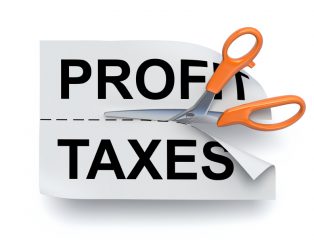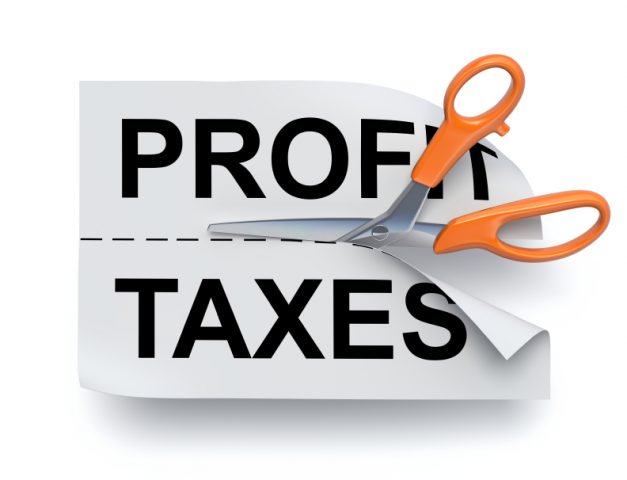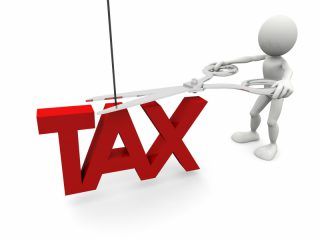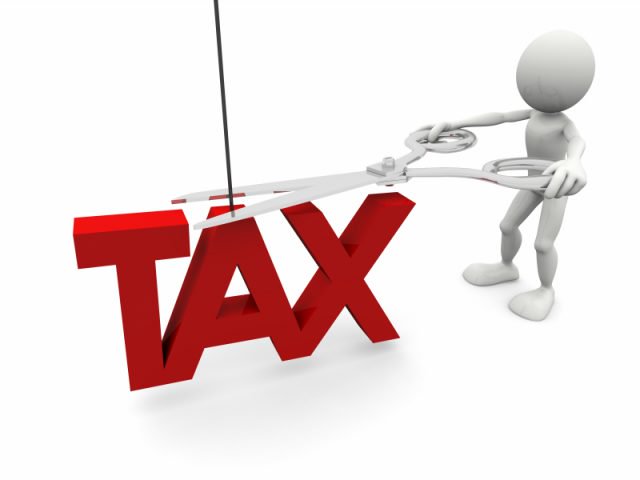Demand for Buy-to-Let to Remain Strong This Year, Believe Brokers
Despite recent tax changes for landlords, many mortgage brokers believe that demand for buy-to-let investment will remain strong during the second half of the year, according to a new study by Legal & General.
Although the Government recently introduced a 3% Stamp Duty surcharge for buy-to-let landlords and second homebuyers, scrapped the 10% Wear and Tear Allowance, and plans to implement a

Demand for Buy-to-Let to Remain Strong This Year, Believe Brokers
reduction in mortgage interest tax relief, buy-to-let still remains an attractive investment option at a time of low savings rate and stock market uncertainty. Average buy-to-let returns currently beat all other mainstream investments.
Yesterday, we released the Government’s guide to mortgage interest tax relief changes: /government-guide-tax-relief-changes-residential-landlords/
The Legal & General research shows that brokers in Scotland are the most confident in buy-to-let’s future, with 63% of Scottish brokers predicting that the sector will remain the same size as last year in 2016, despite a surge in activity in 2015.
This positivity north of the border is joined by confidence from brokers in Nottingham, where 57% expect the buy-to-let market to either expand or remain the same this year, followed by 49% in London.
However, confidence in the future of the buy-to-let market varies massively across the UK, with a huge 71% of intermediaries in Manchester believing that there will be a reduction in the sector this year.
The Director of the Legal & General Mortgage Club, Jeremy Duncombe, comments: “Despite a whirlwind of changes to the buy-to-let market, including the Government’s Stamp Duty hike and the reductions in tax relief on the horizon, it’s clear that a large number of brokers remain confident that buy-to-let will remain strong in 2016. Though there are concerns that Government interference could mean a reduction in buy-to-let activity this year, our research shows that many brokers in both England and Scotland believe the market to be well positioned to absorb the impacts of these measures.
“Even now, amid the uncertainty brought about following June’s referendum result, borrowers will be looking to remortgage their buy-to-let properties as a potential reduction in rates looms. Brokers need to grasp this opportunity by contacting their books now to ensure these individuals get the crucial advice they need when it comes to securing a better rate on their mortgage.”
Do you believe that the buy-to-let sector will remain strong over the next few months?









